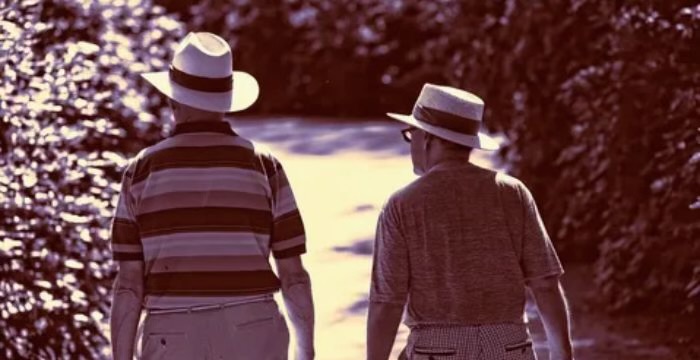How to Choose a Garden Fountain: 3 Expert Tips
Learn how to pick the right garden fountain. This guide covers choosing durable materials, matching your garden’s style, and finding the perfect size. Create your oasis!
Few additions elevate an outdoor space like the sight and sound of flowing water. According to experts, the sound of running water helps reduce noise pollution and provides a relaxing escape. Fountains also add a cool feeling to the garden, and come in all shapes and sizes.
Additionally, water attracts birds and other pollinators, which also contribute to positive well-being. Whether your goal is to create a focal point or a quiet retreat, the right fountain turns an ordinary yard into a sanctuary.
1. Choose Materials for Climate and Durability
Not all water features weather the elements equally, so your local climate is the most important factor in selecting a durable material. Areas with significant freeze and thaw cycles demand materials like sealed cast stone or natural stone. In milder climates, glazed ceramic can offer a vibrant pop of color.
Understanding the visual differences is also key. Exploring the various types of decorative water fountains from The Blissful Place can help you see how GFRC differs from basalt or how a classic tiered fountain compares to a modern sphere.
Consider these common material options:
|
Pro Tip: To maximize longevity in harsh climates, apply a concrete or stone sealer to your cast stone fountain annually. This simple step prevents moisture damage. |
2. Harmonize with Your Garden’s Style
A fountain should feel like a natural extension of your existing landscape and home architecture, not an afterthought. Take a moment to define your garden’s aesthetic. Is it a modern, minimalist space or a rustic, charming cottage garden? The style of the fountain should complement its surroundings.
Don’t forget to pair your fountain with appropriate plants. Ferns and hostas highlight cool stone features, while succulents and ornamental grasses complement sleek, modern columns.
|
Key Insight: The most successful fountain installations feel like a natural extension of your home and garden’s existing architecture, not a separate, competing design element. |
3. Consider Size, Sound, and Placement
The practical experience of your fountain is just as important as its appearance. The interplay of its size, the sound it produces, and where you place it will determine its overall impact.
Size and Scale: Even the smallest balcony can host a water feature if the scale is right. A general rule is to aim for a fountain height no taller than one-third the distance from the fountain to your primary viewing spot. This prevents it from blocking sightlines while still feeling substantial.
Sound Quality: The sound of water is deeply personal. Some people crave a gentle whisper, while others want a lively burble to mask street traffic. The sound is determined by how far the water falls and what it lands on.
Strategic Placement: Where you put your fountain influences its longevity and your enjoyment. Placing it in morning sun can deter algae growth, but full-day sun will accelerate water evaporation. For a serene backyard zone, position a wall fountain behind seating to muffle conversation and add a sense of privacy.
|
Key Insight: You control the fountain’s sound. The farther the water falls and the deeper the basin it hits, the louder the splash. Adjust these elements for your ideal experience. |
Putting It All Together
Once you have a style and material in mind, think about the practicalities. Every fountain requires a pump to circulate water and a power source, typically a GFCI-protected outlet.
You will also need to plan for maintenance, which includes refilling evaporated water and cleaning the pump filter periodically. Planning for these small tasks ensures your fountain remains a source of relaxation, not a chore.






